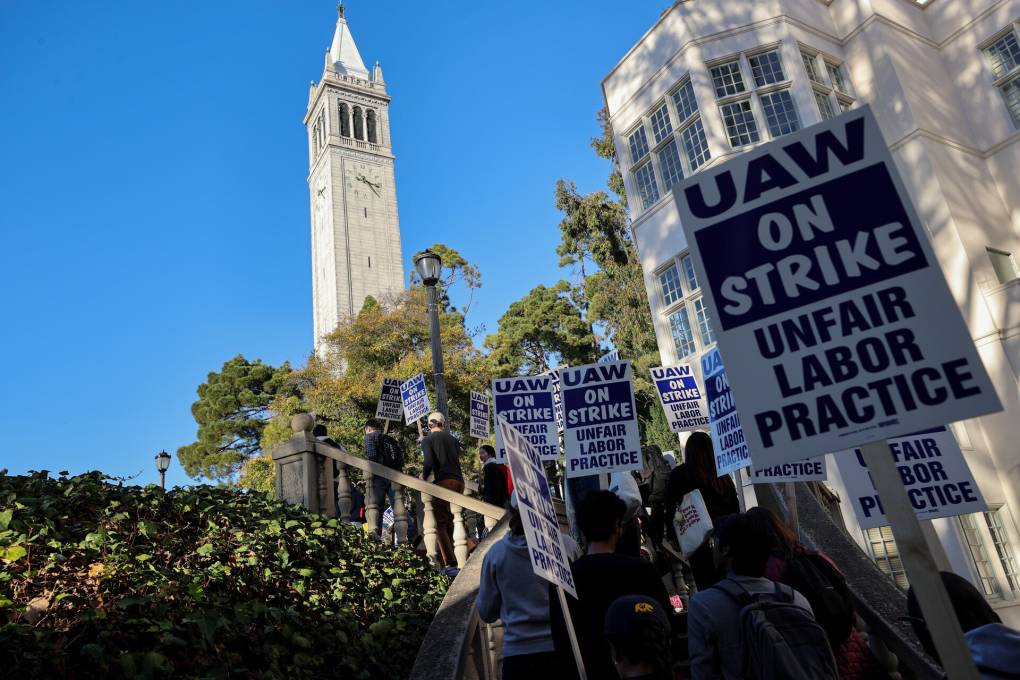In their last contract two years ago, the student employees negotiated for a 19.7% increase to their minimum pay for all graduate and teaching assistants. But with most employees hired at or near the minimum wage, that increase has not provided enough to cover living expenses, Winner said.
Most graduate student academic employees are given about six hours a week to teach a college-level course, with many taking on two courses a semester. Typically, they average about $12,000 a year, Winner said.
Some of these student employees don’t just assist or help adjunct or full-time professors, either. They may teach the main courses without professors or lead discussion sections.
“These are graduate students who are pursuing their master’s degree,” Winner said. “One thing that we really need to fight for in this upcoming negotiation is one that was already fought for and won in the UC system, and that is tuition fee waivers.”
Unlike the UC, most CSU campuses don’t offer tuition waivers for graduate student employees. So it’s not uncommon for those people to pay more in tuition and fees every semester than they earn from their position working for the university, she said, adding that some departments force their graduate students to sign agreements that they won’t seek outside campus employment during their program. Only San Diego State and San José State offer tuition fee waivers to graduate employees.
“So folks are going into debt with student loans,” Winner said.
Francesca Felder, a graduate student studying philosophy at San Francisco State, has worked as a graduate teaching assistant on the campus for three semesters, which means that she’s taught philosophy and critical thinking courses at the university. But she also had to supplement her income by working as a barista, especially to “afford the Bay Area’s cost of living,” she said.
Felder’s CSU contract allowed her to work a maximum of two classes a semester. No graduate teaching assistants work more than 20 hours a week at the San Francisco campus, she said, adding that the time is spent teaching, hosting office hours and preparing the class.
Felder said that for six months of teaching two classes, she earned about $7,000 before tax.
“And I’m lucky because I live with a partner who makes a real salary, and I also have financial support from my parents and work as a barista,” she said. This past semester she stopped teaching to work as an instructional student aide and grade papers for $16.50 an hour.
Felder said there is a “talking point” from professors or administrators about “what a great educational opportunity it is for students to have the chance to work these jobs and that we get so much from being able to teach our peers and to teach other students.” And that talking point is used to justify the low compensation given to student employees, she said.
“That doesn’t mean that we shouldn’t be compensated fairly for our labor,” she said, adding that the low wages often hinder students of lower socioeconomic levels from becoming graduate and teaching assistants, often a first step toward careers in academia. “We love what we’re doing and deserve fair compensation and a say over our working conditions.”



